ADHD in Women Checklist
Explore key ADHD symptoms in women with Carepatron's detailed checklist. Learn effective ways to manage ADHD for better well-being.


Gender differences in ADHD
Attention Deficit Hyperactivity Disorder (ADHD) manifests differently across genders, leading to variations in ADHD diagnosis and treatment. Traditionally, ADHD has been perceived as a male-dominated condition, with hyperactive symptoms like impulsivity and inattention more frequently observed in boys. However, many women experience ADHD differently, often presenting with subtler common symptoms such as anxiety, mood swings, and challenges with organization. This can result in underdiagnosis or misdiagnosis in females, as their symptoms may be overlooked or attributed to other mental health conditions.
ADHD affects people of all genders, but the clinical presentation can vary significantly. While boys are more likely to exhibit hyperactive symptoms, girls may demonstrate inattentiveness and internalized symptoms, leading to a higher rate of ADHD diagnoses going unnoticed in females. As a result, women may struggle more with the consequences of this mental health condition in their everyday life, facing difficulties in academic, social, and occupational settings. Mental health professionals must recognize these gender differences in ADHD to provide effective support and intervention, ensuring that both women and men receive appropriate diagnosis and treatment tailored to their unique experiences.
ADHD in Women Checklist Template
ADHD in Women Checklist Example
Symptoms of ADHD in women
ADHD symptoms can often manifest differently in women than in men, leading to unique challenges in recognition and management. Many women experience a combination of inattentive, hyperactive, and impulsive symptoms, which can significantly impact their daily lives. Understanding these symptoms is crucial for accurate diagnosis and effective treatment. Below are the primary symptoms of ADHD in women.
Inattentive symptoms
Inattentive symptoms are common among women with ADHD, often presenting as losing focus and frequent careless mistakes in tasks. Some adult women make careless mistakes, like difficulty in time management, which can lead to overwhelming feelings. These internalized and predominantly inattentive symptoms can contribute to low self-esteem, as many women compare themselves to peers who seem more organized or focused. Mental health professionals often observe that these inattentive symptoms can be mistakenly attributed to stress or anxiety rather than being recognized as ADHD symptoms.
Hyperactive symptoms
While hyperactivity is typically associated with males, many women exhibit hyperactive symptoms in more subtle ways. Adult women may display restlessness, fidgeting, or a constant need to be on the go, even if they are not overtly disruptive. This hyperactivity can manifest through behaviors like talking excessively or interrupting conversations, which may be perceived as social awkwardness. Understanding these nuanced hyperactive symptoms is essential for treating ADHD effectively.
Impulsive symptoms
Impulsivity in women with ADHD can lead to challenges in decision-making and risk-taking behaviors, which may include substance abuse or impulsive spending. Many women tend to act on impulse without fully considering the consequences, leading to perceived rejection or social difficulties. These impulsive behaviors can exacerbate feelings of anxiety and low self-esteem, reinforcing the need for tailored intervention strategies to treat ADHD.
Hormonal changes
Hormonal fluctuations throughout the menstrual cycle can significantly impact ADHD symptoms in women. Many women notice that their ADHD symptoms worsen during certain phases of their cycle due to the influence of female hormones on mood and cognitive function. This connection emphasizes the importance of medication management and support from ADHD coaches, who can help women navigate these challenges and adapt their treatment plans according to hormonal changes. Recognizing the impact of hormonal changes is crucial for achieving an accurate diagnosis and developing effective strategies to manage ADHD symptoms in adult women.
What is an ADHD in Women Checklist?
The ADHD in Women Checklist is a valuable tool designed to help women identify and understand the specific symptoms of Attention Deficit Hyperactivity Disorder (ADHD) they may experience. Unlike hyperactive boys, who often exhibit overtly disruptive behaviors, most women tend to manifest ADHD symptoms in more subtle ways, making them easily distracted or prone to difficulty sustaining attention. This checklist focuses on common signs of ADHD, including inattentive and hyperactive symptoms, helping women recognize whether they may fall into the inattentive type, hyperactive type, or the combined type of the disorder.
Many women with ADHD struggle to juggle other responsibilities, often feeling overwhelmed by their daily tasks. The checklist serves as a self-advocacy tool, promoting self-acceptance by validating their experiences. It also highlights the importance of seeking support from mental health professionals and participating in support groups, where women can share their experiences and discuss treatment options. By identifying related conditions, such as anxiety or depression, the ADHD in Women Checklist empowers women to take proactive steps in managing their mental health and improving their quality of life.
How to use our ADHD in Women Checklist template
The ADHD in Women Checklist is a practical tool that healthcare professionals can utilize to assess ADHD symptoms in their female patients effectively. By following a structured approach, mental health professionals can enhance their diagnostic process and improve patient care. Here’s how to use the checklist:
Step 1: Access the checklist template
To get started, medical professionals can find the ADHD in Women Checklist template within this guide. The template is designed for ease of use, allowing practitioners to download or print it for convenient reference. Having the checklist readily accessible ensures that healthcare providers can efficiently incorporate it into their assessment process.
Step 2: Introduce the checklist to the patient
When introducing the checklist to patients, professionals should explain its purpose and how it can help identify ADHD symptoms. Encourage open dialogue by framing the checklist as a collaborative tool. This introduction fosters trust and ensures that patients feel comfortable discussing their experiences related to ADHD.
Step 3: Use the checklist to aid in diagnosis
The checklist is instrumental in helping professionals identify the presence of ADHD symptoms accurately. By reviewing the checklist with the patient, healthcare providers can gain insights into the specific challenges faced by women with ADHD. This information is crucial for making an informed and accurate diagnosis.
Step 4: Provide patient education
Education is essential for empowering patients. After discussing the checklist, healthcare professionals should provide information about ADHD, its symptoms, and potential treatment options. Educating patients on the nature of ADHD can help them understand their condition better and encourage them to engage in their treatment actively.
Step 5: Discuss next steps
After reviewing the checklist and providing education, it’s important to discuss the next steps in the patient's care plan. This may include referrals to ADHD coaches, support groups, or medication management options. Outlining a clear plan ensures that patients feel supported and know how to proceed in managing their ADHD symptoms.
Benefits of using an ADHD in Women Checklist
The ADHD in Women Checklist helps streamline the diagnostic process, ensures accurate assessments, and promotes better understanding and management of ADHD symptoms. Here are the key benefits of utilizing this checklist:
Enhanced diagnosis
The ADHD in Women Checklist significantly aids in the accurate diagnosis of Attention Deficit Disorder (ADD) in adult women. Unlike the typical presentation of ADHD symptoms in childhood, women often display subtle signs that can go unnoticed.
Improved understanding of symptoms
The checklist allows women to gain insight into how their brains work and how ADHD symptoms manifest in their everyday lives. Many women may struggle with managing other responsibilities, such as work and family life, while dealing with symptoms like inattention and forgetfulness.
Empowerment through self-advocacy
Using the ADHD in Women Checklist encourages self-advocacy among patients. By clearly identifying their symptoms, women can articulate their challenges to mental health professionals more effectively. This empowerment fosters open communication and collaboration, enabling women to play an active role in their diagnosis and treatment planning.
Commonly asked questions
ADHD is often underdiagnosed in women, with studies suggesting that about 4-5% of adult women have the condition. Many women may go undiagnosed or misdiagnosed due to the subtlety of their symptoms, which differ from the more overt hyperactive behaviors commonly seen in males.
The signs of ADHD in women can include difficulty sustaining attention, chronic disorganization, forgetfulness, and emotional dysregulation. Additionally, many women experience internalized symptoms such as low self-esteem and anxiety, which can further complicate their diagnosis.
ADHD testing in girls typically involves a comprehensive evaluation by a mental health professional, including interviews and standardized questionnaires to assess symptoms. Parents, teachers, and caregivers may also provide input on the child's behavior across different settings to ensure an accurate diagnosis.


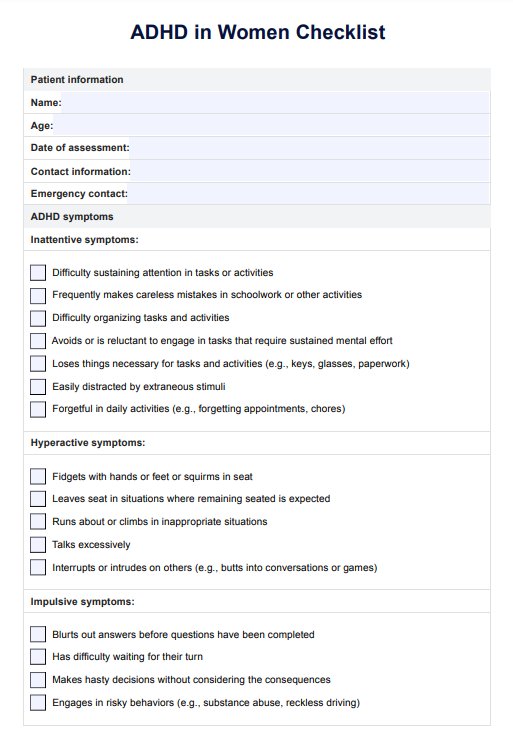
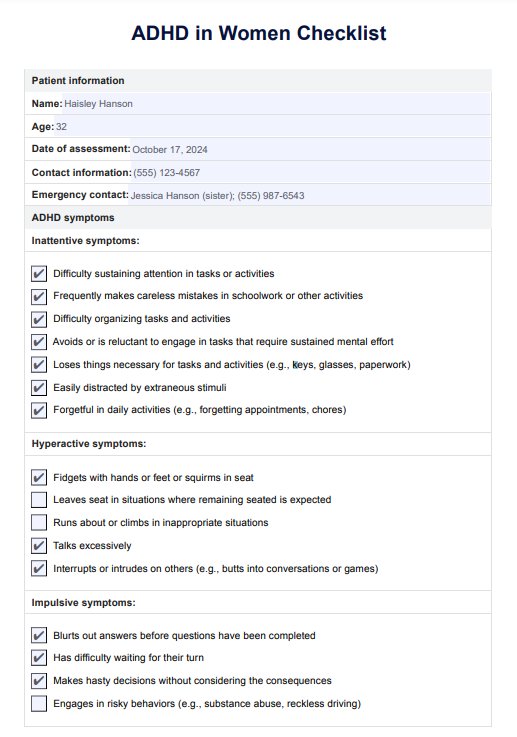

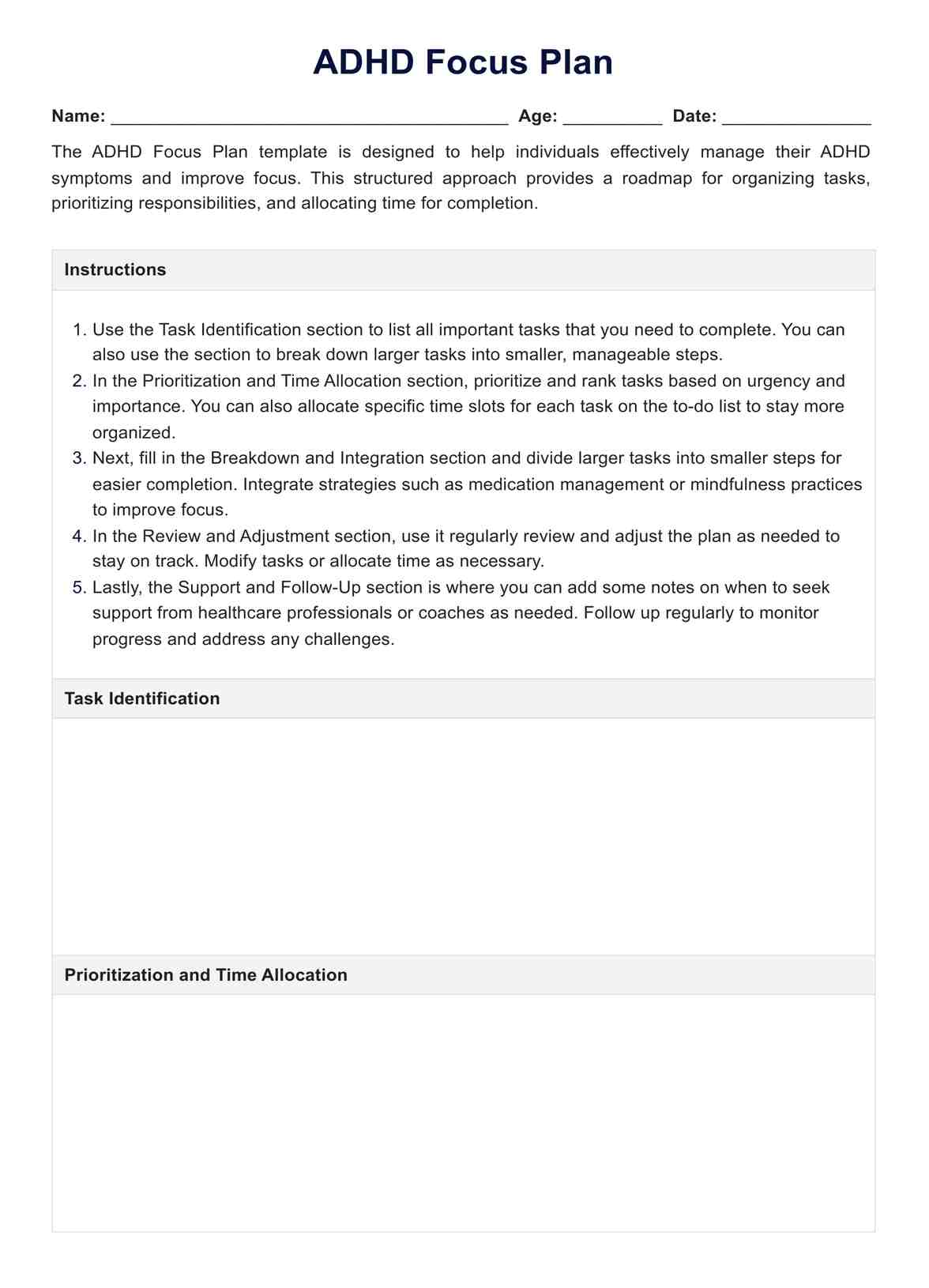
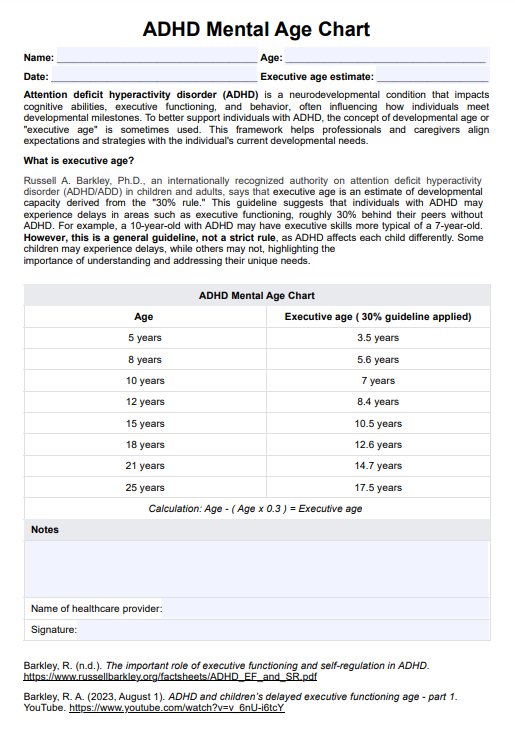
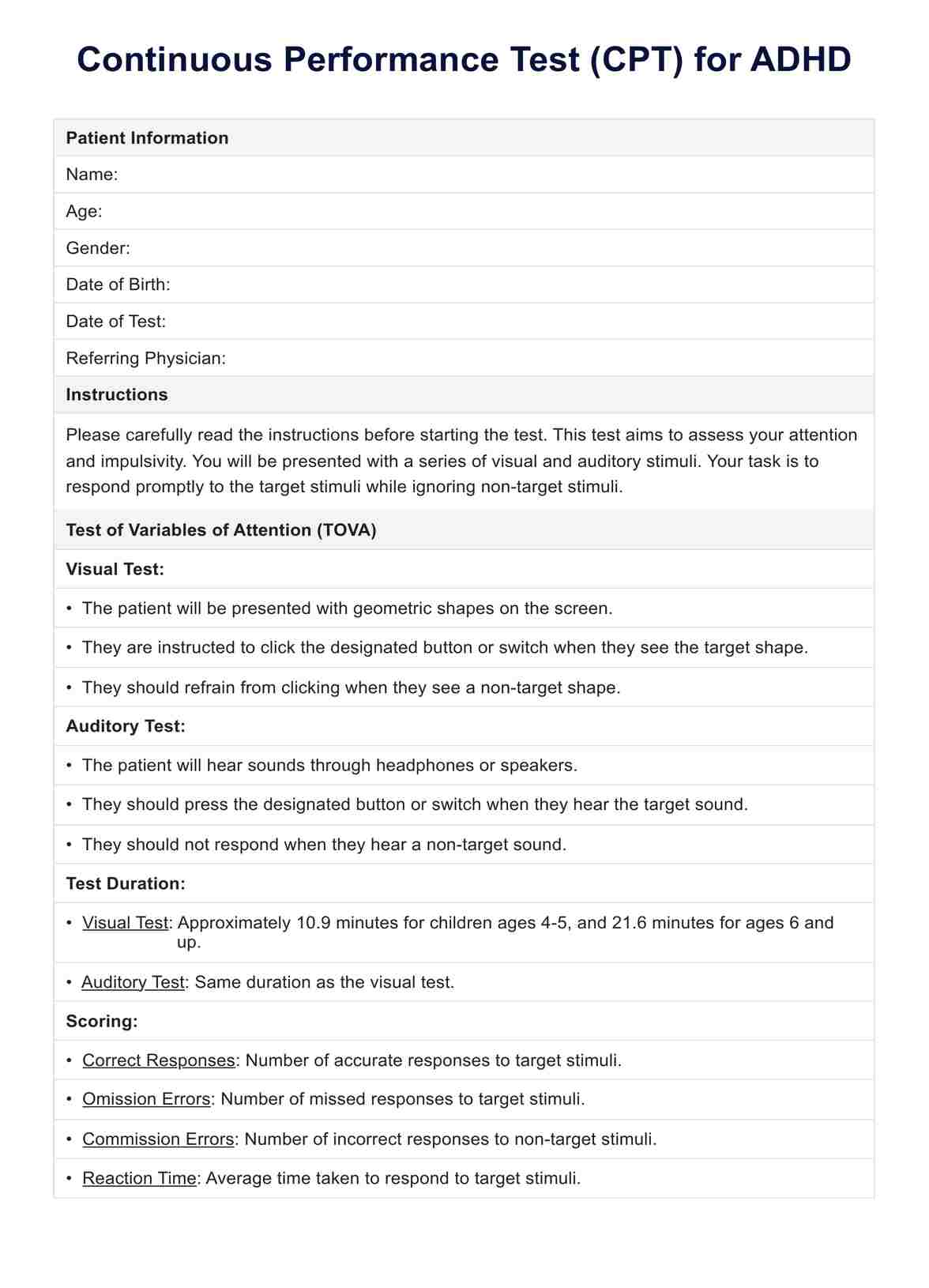
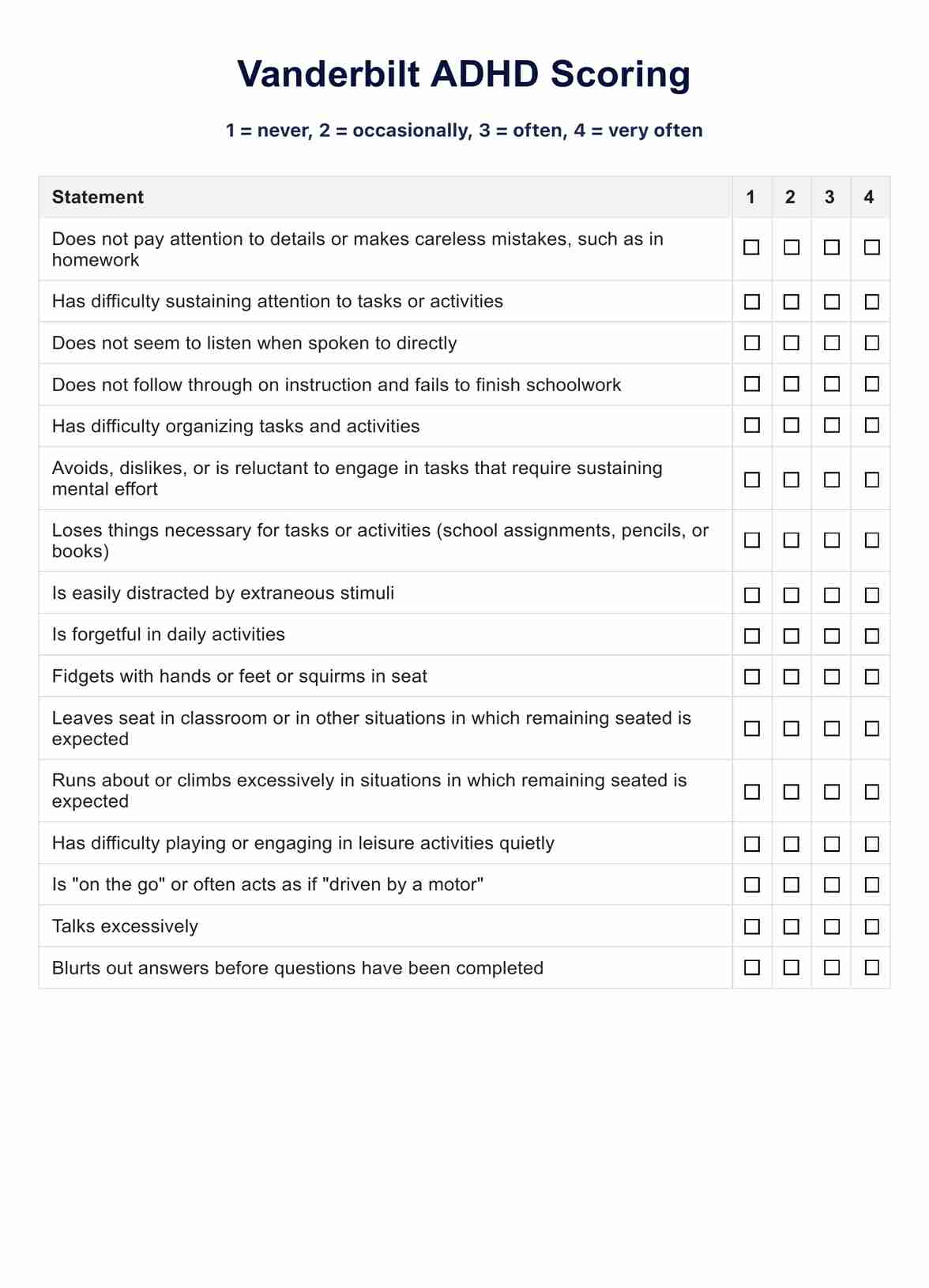
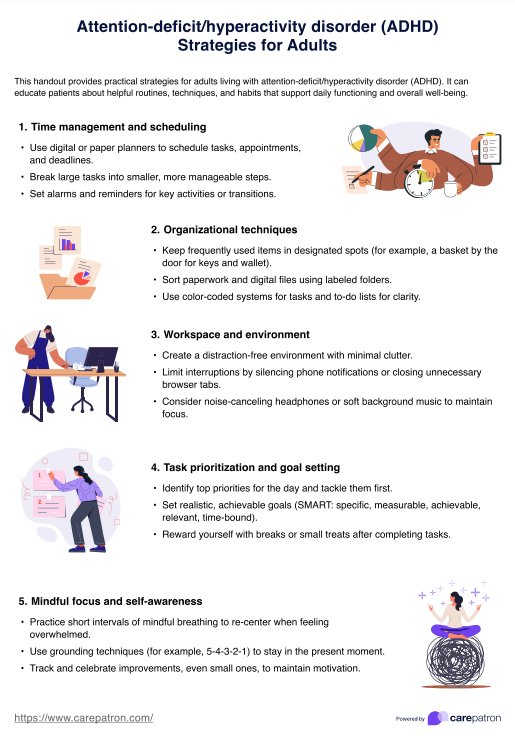
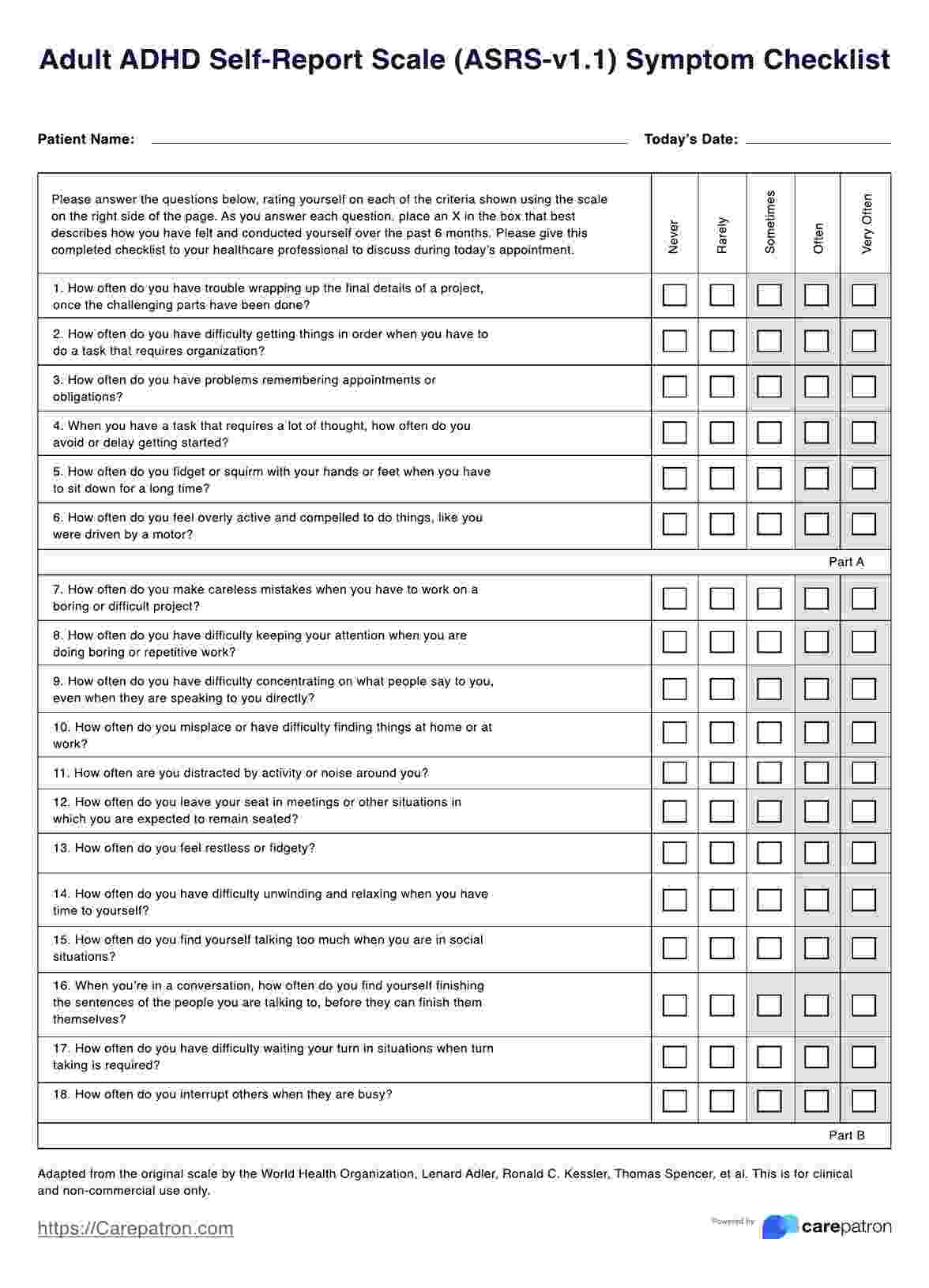
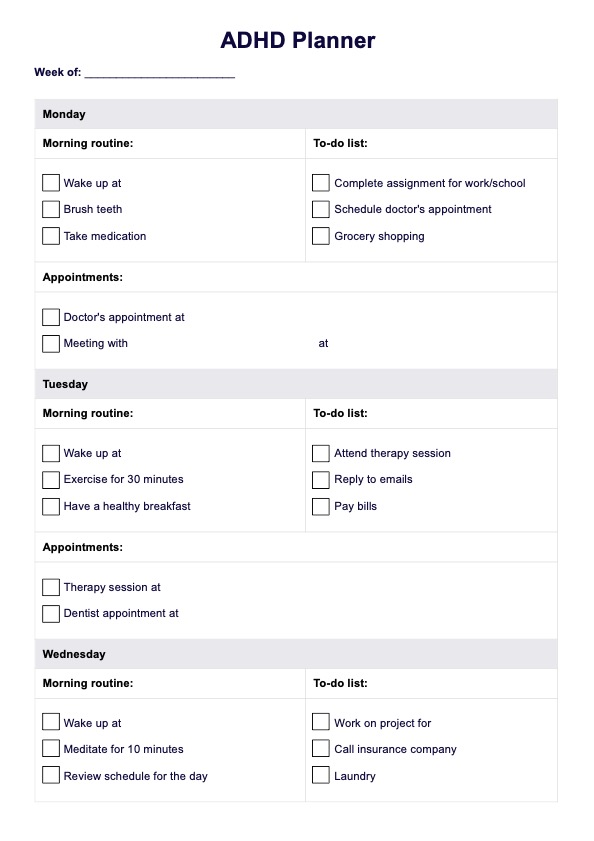
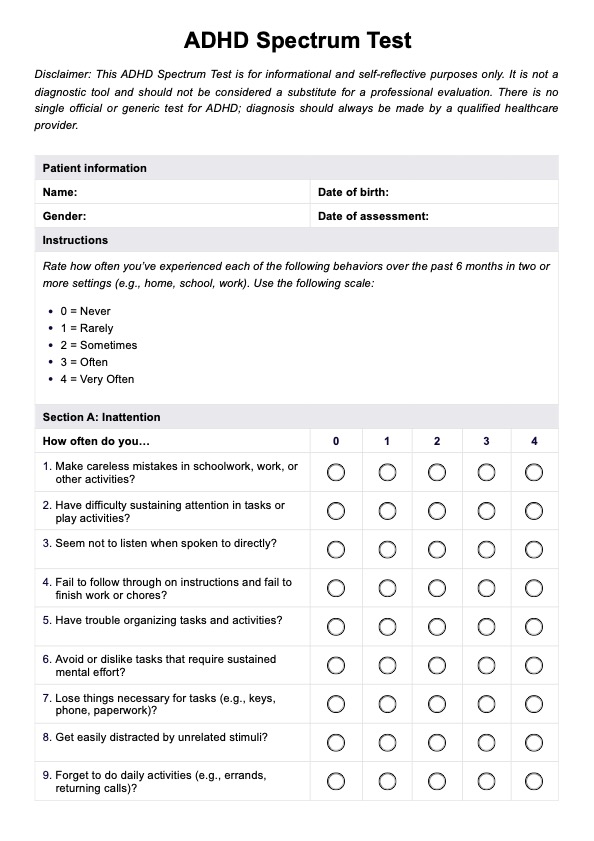
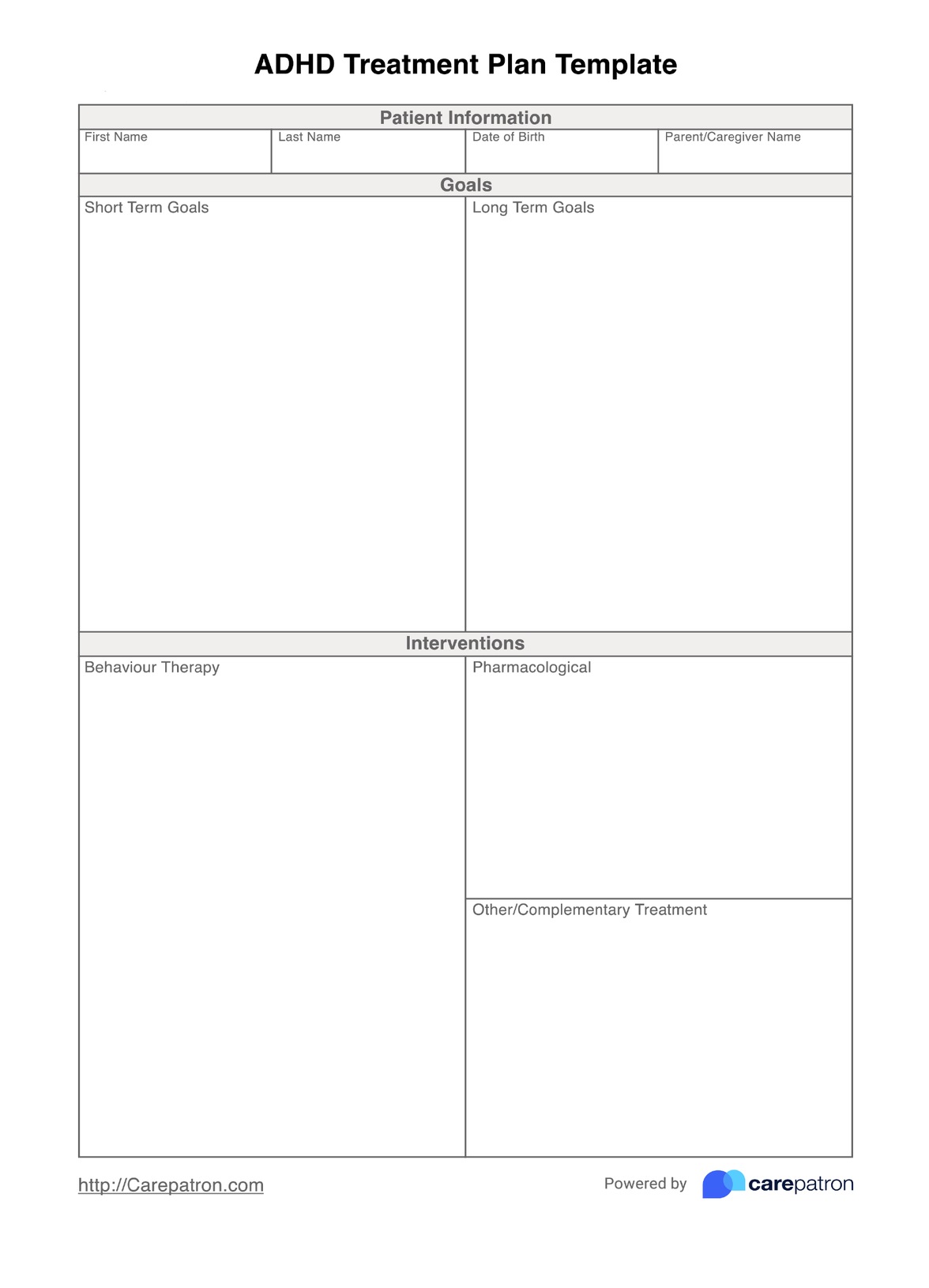
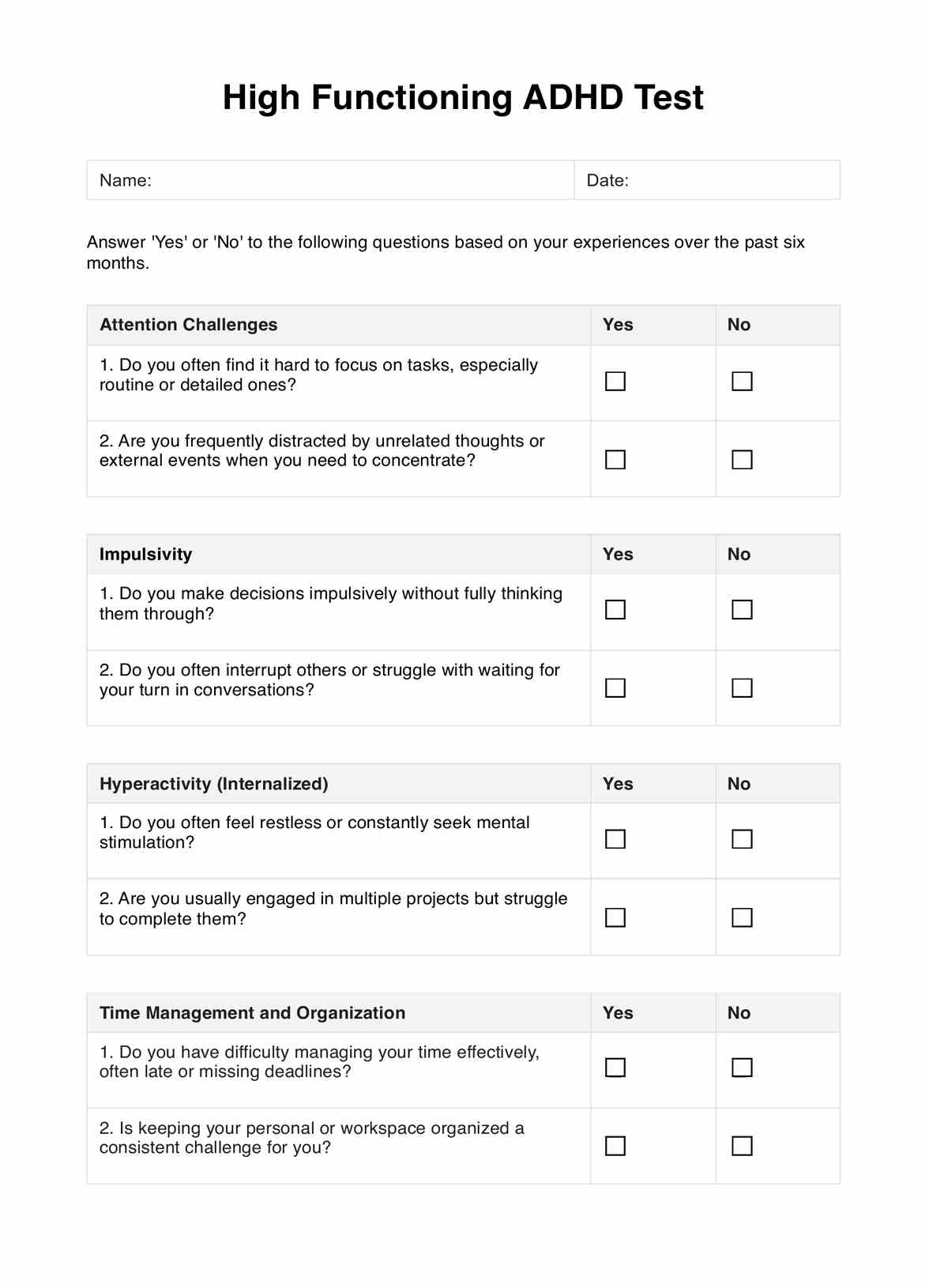
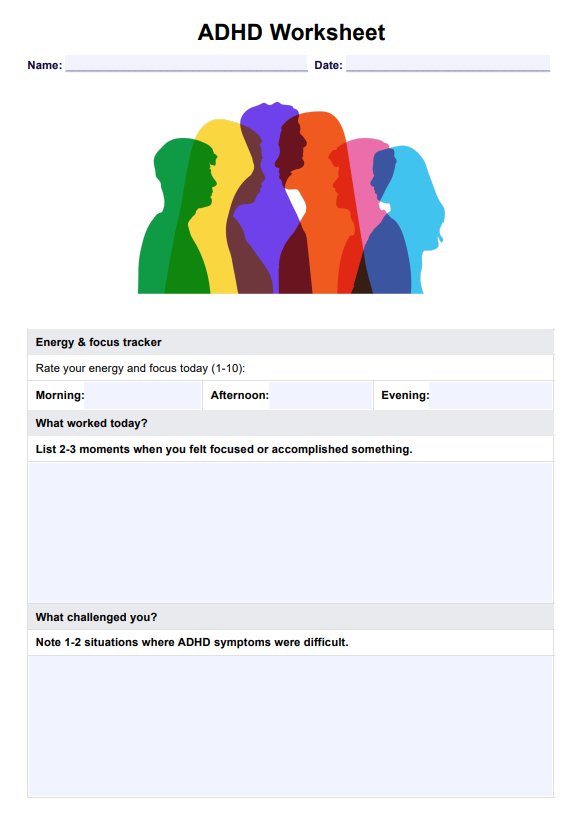
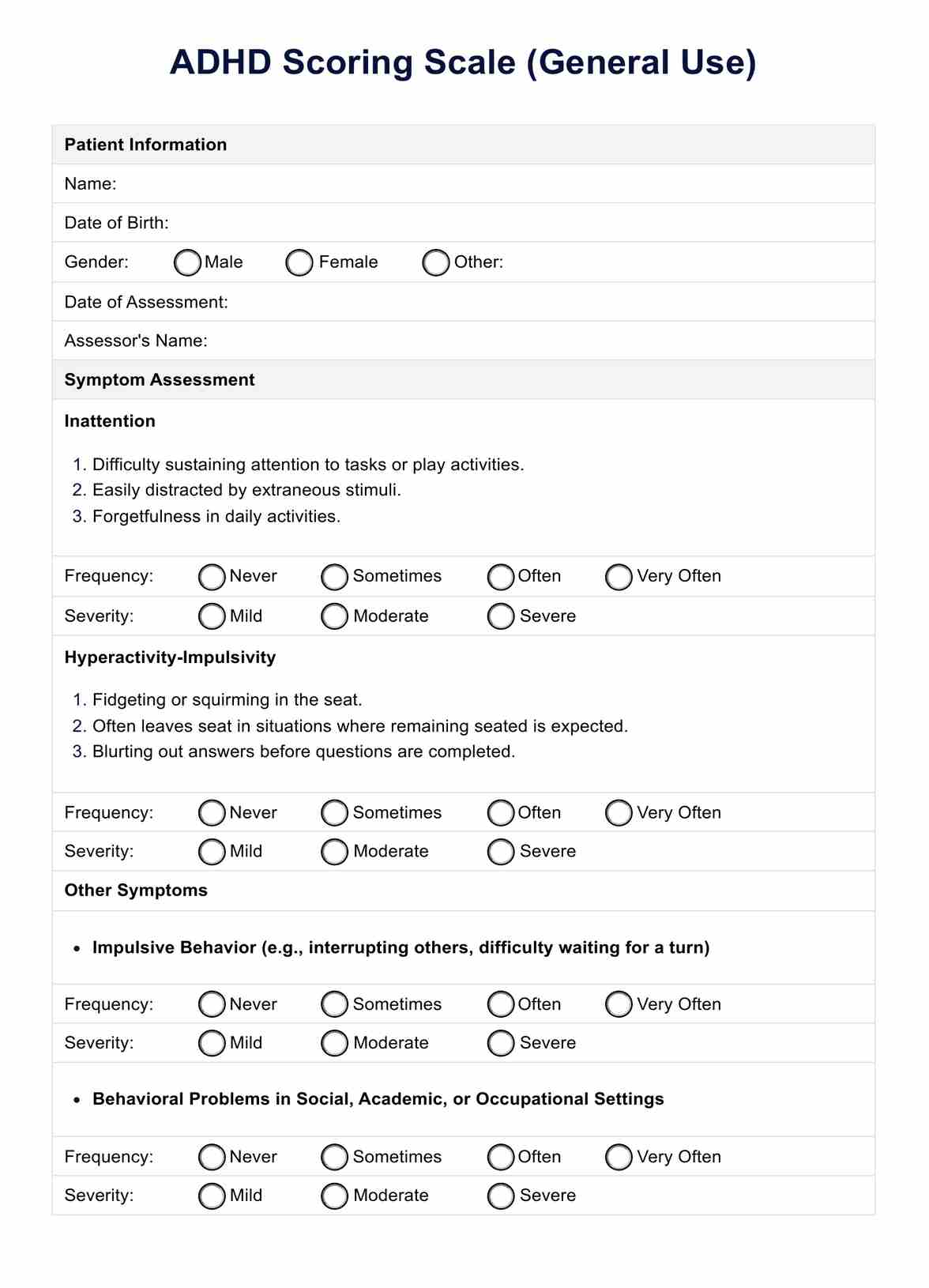
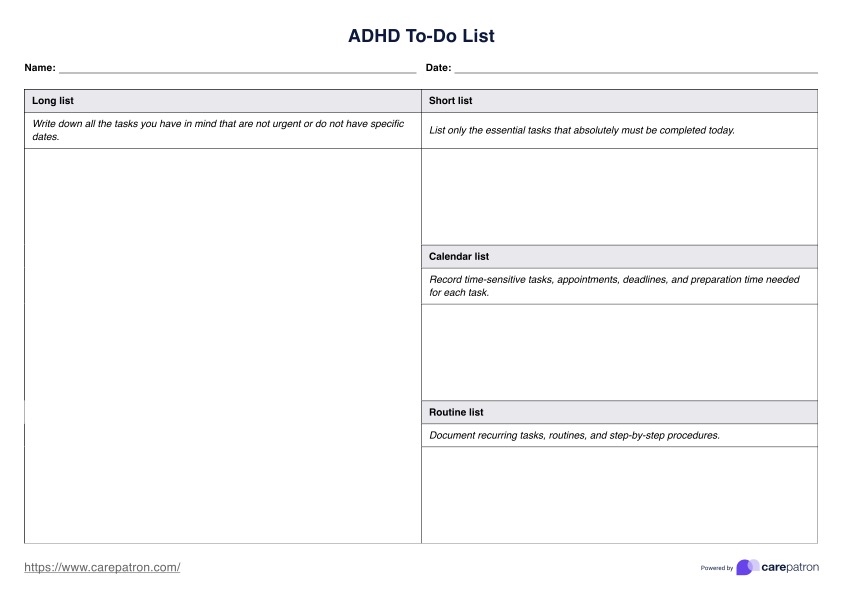
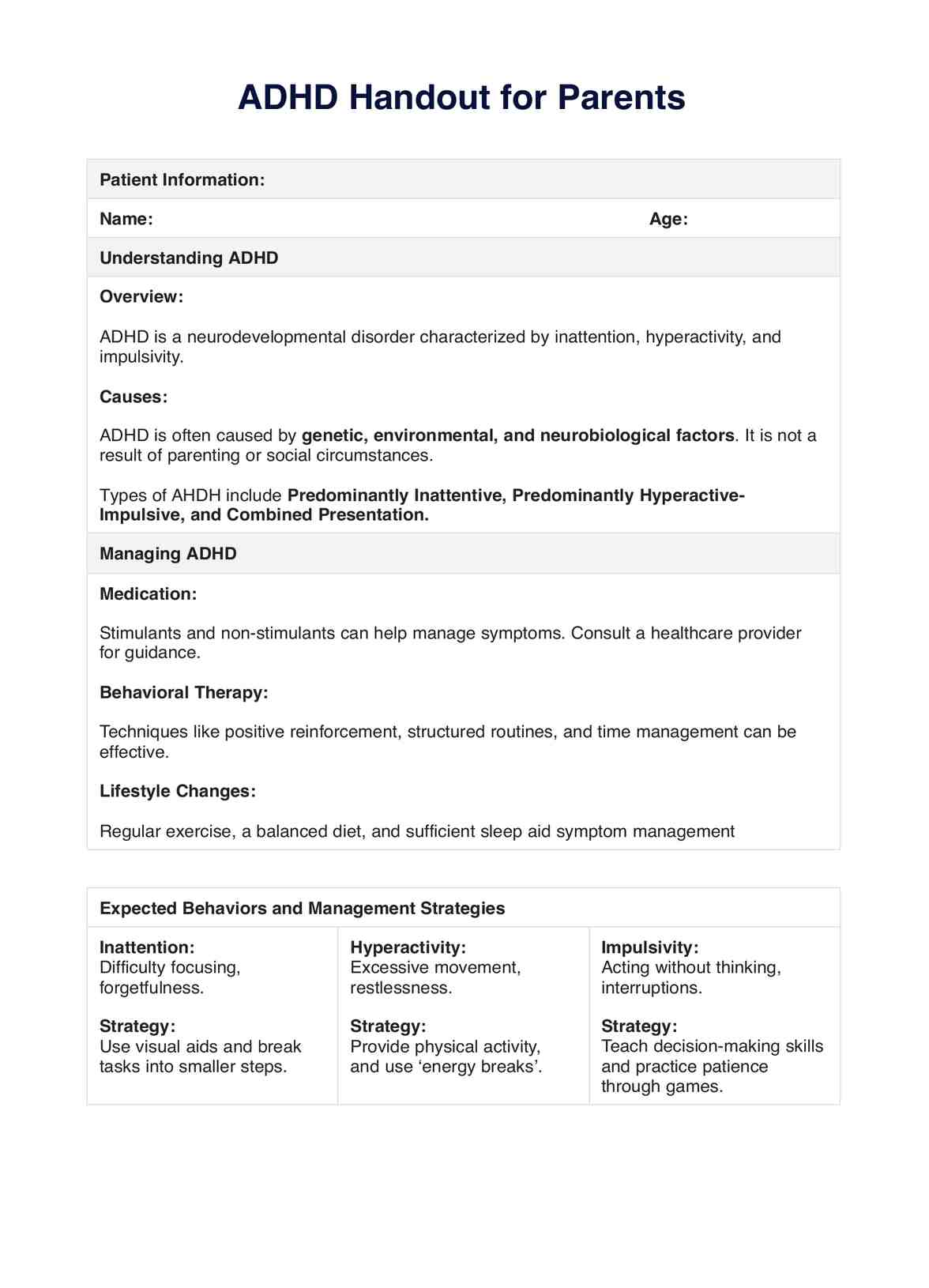
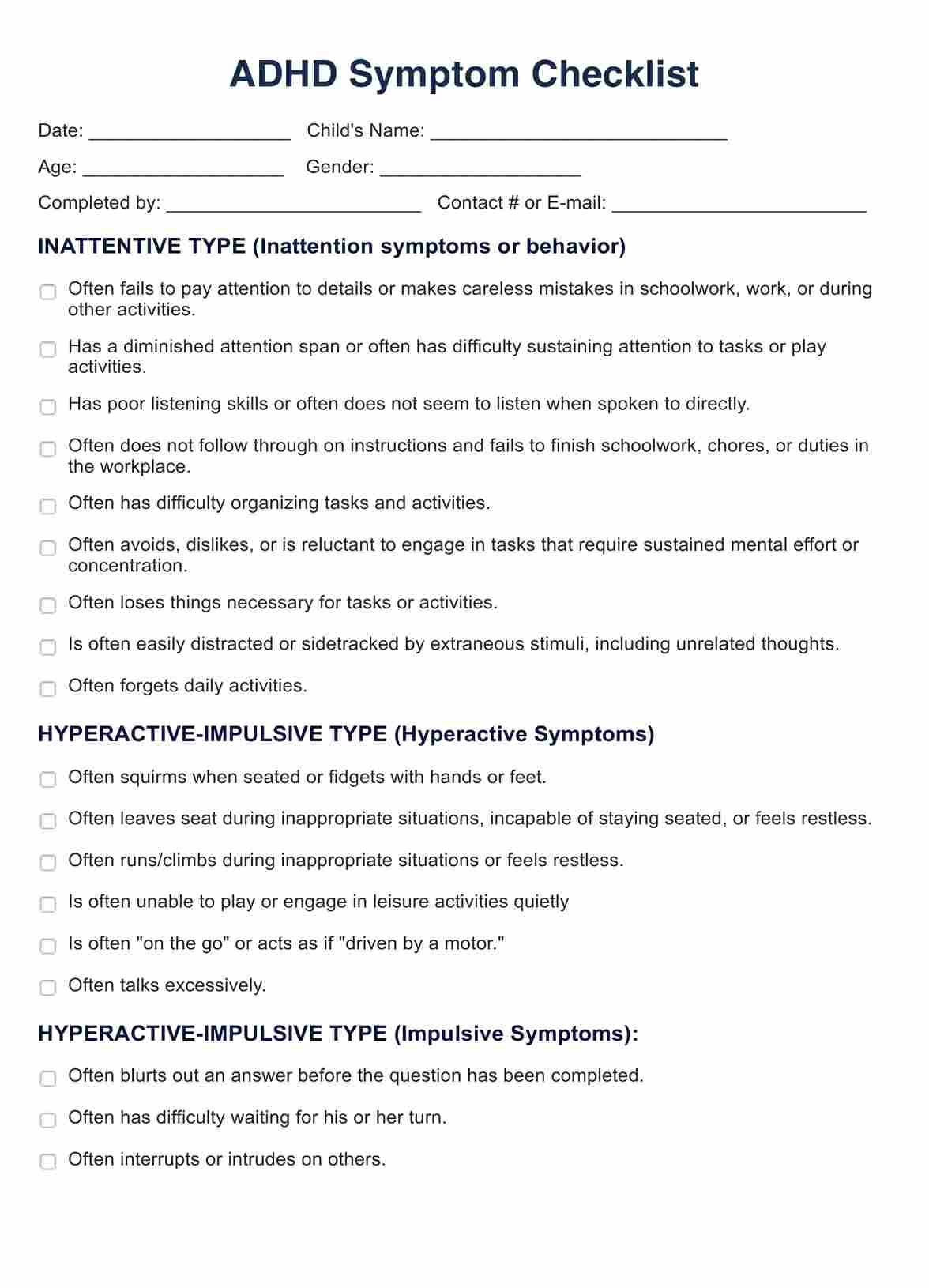














-template.jpg)
























































































